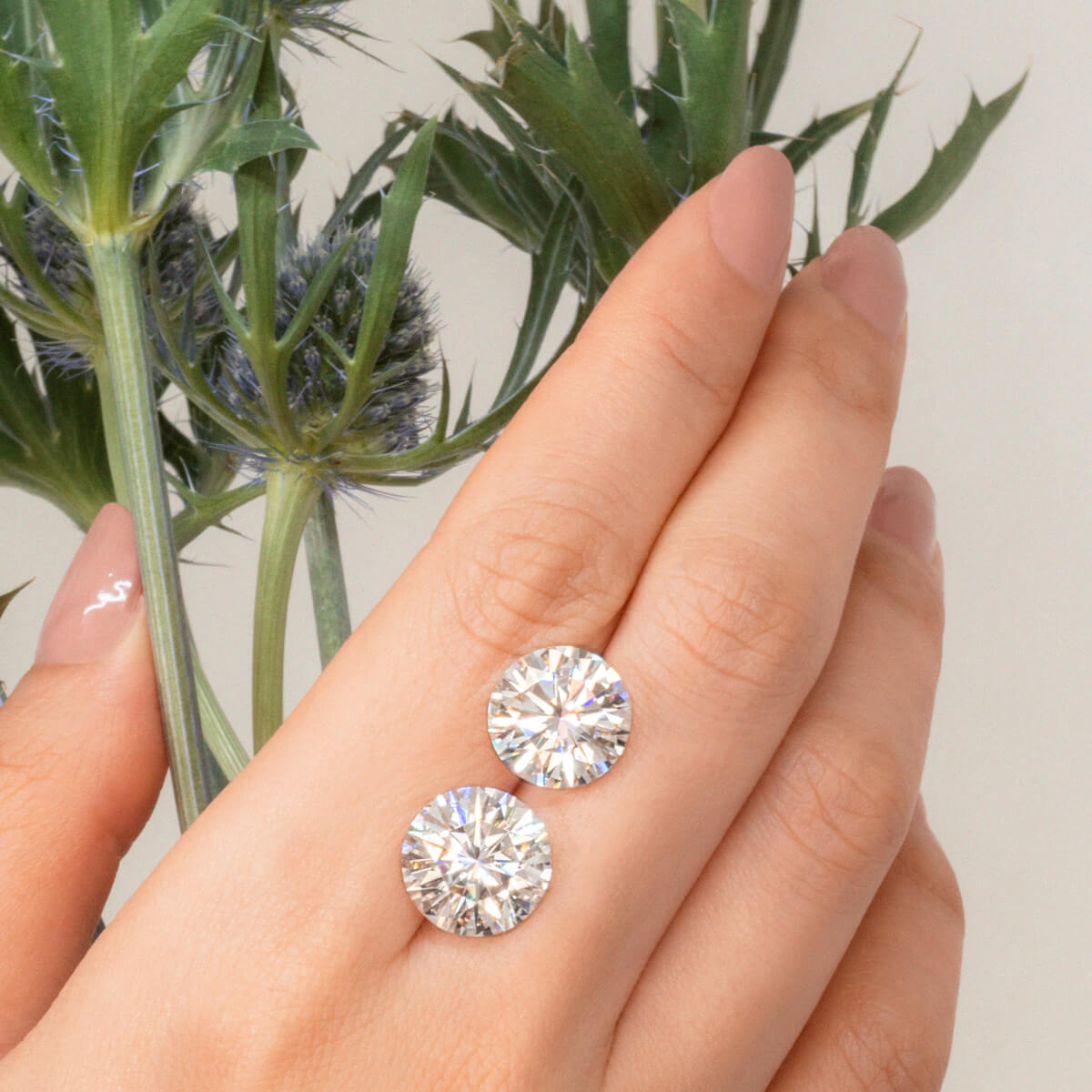What Are Lab Diamonds?
Let’s dive into the world of lab diamonds—an area of the gem industry that’s buzzing with excitement and innovation. Simply put, lab diamonds are diamonds created in a controlled environment that mimics the conditions of the Earth’s mantle, where natural diamonds form. They have the same physical and chemical properties as natural diamonds but come with some distinct advantages.
A Brief History of Lab Diamonds
The story of lab diamonds starts in the mid-20th century. Scientists began experimenting with ways to create diamonds in laboratories as early as the 1950s. The first successful lab-grown diamonds were produced using the High Pressure High Temperature (HPHT) method. Fast forward to today, the technology has evolved significantly insider story of lab diamonds better, offering beautiful diamonds that rival their natural counterparts.
Lab Diamonds vs. Natural Diamonds
Are Lab Diamonds Different from Natural Diamonds?
When it comes to chemical composition, lab diamonds and natural diamonds are virtually identical. Both consist of pure carbon atoms arranged in a crystal lattice structure. The differences between them are more about how they’re made rather than what they are. Natural diamonds are formed over billions of years under extreme conditions deep within the Earth, while lab diamonds can be created in a matter of weeks using advanced technology.
Physical Properties of Lab Diamonds
Lab diamonds exhibit the same hardness, brilliance, and fire as natural diamonds. They score a perfect 10 on the Mohs hardness scale, meaning they’re incredibly durable and perfect for everyday wear, just like natural diamonds. Their optical properties are also identical, so you won’t be able to tell the difference between a lab diamond and a natural diamond with the naked eye.
Benefits of Choosing Lab Diamonds
Lab Diamonds: Affordable Luxury
One of the most compelling reasons to choose lab diamonds is their affordability. Lab diamonds are generally 30-50% less expensive than natural diamonds of similar quality. This price difference allows you to get a larger or more exquisite diamond for your money, making luxury accessible without breaking the bank.
Ethics and Environment: Lab Diamonds vs. Mining
Lab diamonds are a win for both ethics and the environment. Traditional diamond mining can be harmful to the environment and often involves questionable labor practices. Lab diamonds, on the other hand, are created in a controlled environment with minimal environmental impact and are free from the ethical concerns associated with mining.
Lab Diamonds: Stunning and High-Quality
Despite common misconceptions, lab diamonds are not inferior to natural diamonds. They are produced using sophisticated technology and can be of exceptional quality. Lab diamonds are graded using the same criteria as natural diamonds—cut, color, clarity, and carat weight—and can be just as stunning, if not more so.
How Lab Diamonds Are Made
HPHT Method: A Deep Dive
The High Pressure High Temperature (HPHT) method is one of the oldest techniques for creating lab diamonds. It simulates the extreme conditions under which natural diamonds form. In this method, carbon is subjected to intense heat and pressure until it crystallizes into diamond form. This process can produce diamonds that are virtually identical to those found in nature.
Lab created diamonds are a stunning and sustainable alternative to natural diamonds, offering the same exceptional beauty and quality at a more accessible price point.
CVD Method: The Modern Technique
Another popular method for creating lab diamonds is Chemical Vapor Deposition (CVD). CVD involves creating a carbon-rich gas and depositing it onto a substrate in a vacuum chamber. The carbon atoms then bond and crystallize to form diamond. This method is more modern and flexible, allowing for the production of high-quality diamonds with fewer inclusions.
Myth vs. Reality: Lab Diamonds Are Real Diamonds
A common myth is that lab diamonds aren’t “real” diamonds. This isn’t true at all. Lab diamonds are real diamonds. They have the same physical properties and chemical structure as natural diamonds. The only difference is their origin—one comes from the Earth, and the other is created in a lab.




